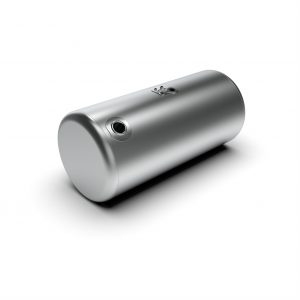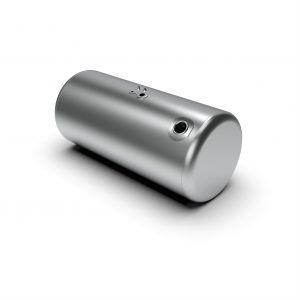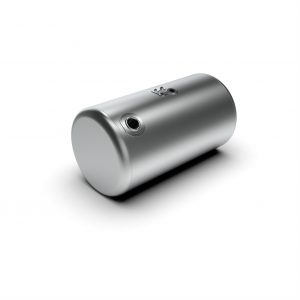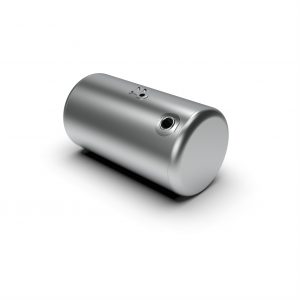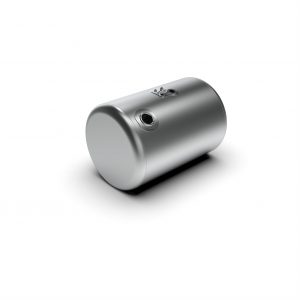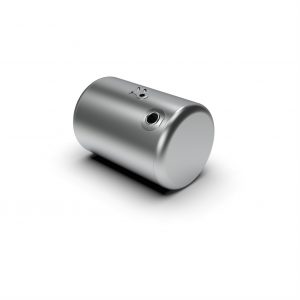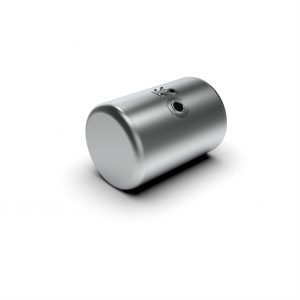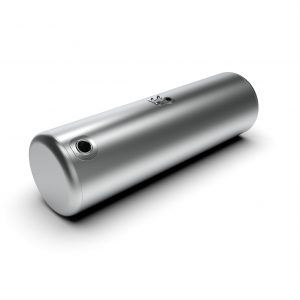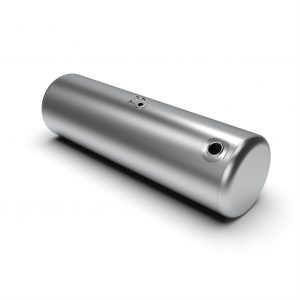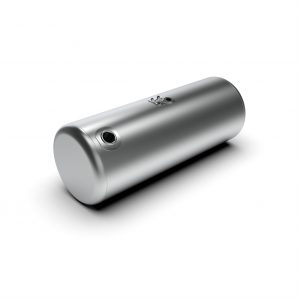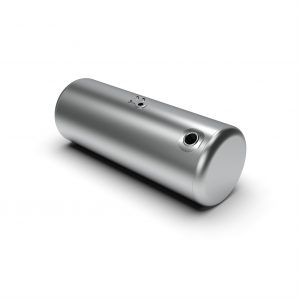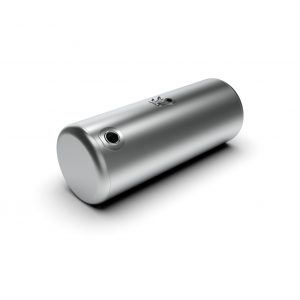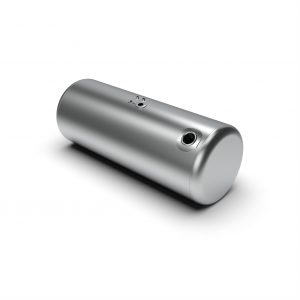CATALOG
NEED A QUOTATION?
CONTACT US TODAY
FAQS
What is the difference between Fuel Titanks and an OE tank?
The only difference between an OE tank and a Fuel Titank is the price. Both use the same raw materiales, thicknesses and processes.
Why is the alloy important?
The tanks are built using a 5052 H-32 aluminum alloy. This alloy allows the tank to be malleable and strong. You want these two features so that if there is a collision the tank will deform instead of crack or break. This of course is to contain the fuel inside the tank.
Are Fuel Titanks DOT approved?
Our fuel tanks are DOT compliant. The DOT does not issue approval certifications to any fuel tank manufacturer, not even OEs. However the FMCSA (Federal Motor Carrier Safety Adminitration) establishes the guidelines and requierements every fuel tank manufacturer most comply with. At FUEL TITANKS we comply with such guidelines and requierements.
What is the FMCSA?
FMCSA stands for Federal Motor Carrier Safety Administration. It is a branch of the US Department Of Transportation “US DOT”. The FMCSA establishes the guidelines and requirements all fuel tank manufacturers must comply with. Fuel Titanks isn’t the exception. These requirements include drop testing, pressure testing and leak testing.
What are the drop tests?
In section 393.67 from the FMCSA there are a series of tests that fuel tank manufacturers must perform to their tanks in order to verify they are in compliance with FMCSA’s requirements. Since these are destructive tests they are performed whenever a manufacturer sees fit, but typically every 500 tanks you destroy two.
There are two destructive drop test, against an end cap and against the filler neck.
End cap drop test.
The test:
Fill the tank with a quantity of water having a weight equal to the weight of the maximum fuel load of the tank and drop the tank 30 feet onto an unyielding surface so that it lands squarely on one corner.
Required performance:
Neither the tank nor any fitting may leak more than a total of 1 ounce by weight of water per minute.
Filler neck drop test.
The test:
Fill the tank with a quantity of water having a weight equal to the weight of the maximum fuel load of the tank and drop the tank 10 feet onto an unyielding surface so that it lands squarely on its fill-pipe.
Required performance:
Neither the tank nor any fitting may leak more than a total of 1 ounce by weight of water per minute.

